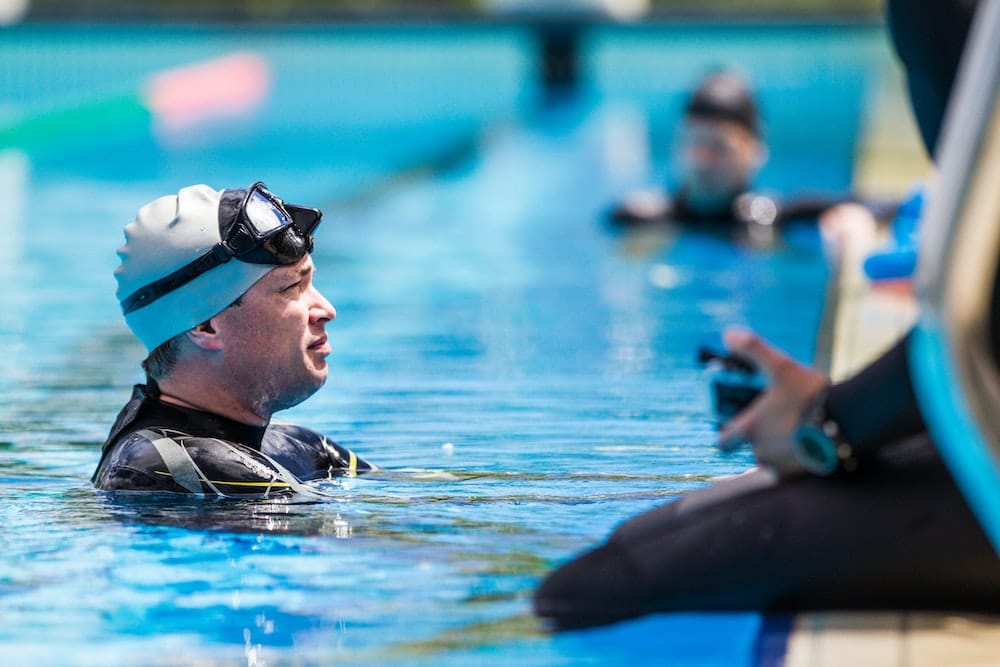How do Acute Injury Protocols Differ Among Varied Contact Sports?

In the fascinating world of sports, athletes face a myriad of physical challenges. These challenges often result in injuries that demand immediate attention. Recognizing the unique risks associated with various contact sports, and the urgency of addressing these injuries, sport medicine professionals have developed acute injury protocols. As you delve into this important topic, you will gain insights into the distinctions that exist in the handling of injuries across diverse sports.
An Overview of Acute Sports Injuries
Before diving into how protocols vary among sports, it’s crucial to understand the nature of acute sports injuries. These injuries happen suddenly during physical activity, and are often characterized by severe pain, swelling, and the inability to put weight on the injured part. Common examples include ankle sprains, fractures, dislocations, and muscle strains.
Cela peut vous intéresser : What’s the Best Practice for Optimizing Sleep for Jet-Lagged Soccer Teams?
Studying acute sports injuries is an important part of sports medicine. According to a study reported on PubMed, a well-known medical resource, acute injuries account for a significant percentage of all sport-related injuries. Athletes are at risk due to the physical demands of their sport, and the inherent risks associated with their specific activities.
The Role of Google Scholar in Sports Injury Research
In the age of digital information, Google Scholar has emerged as a vital tool for sports injury research. This search engine for scholarly literature provides easy access to a wealth of information on sports injuries, their management, and preventive measures. Researchers, sports med professionals, and even athletes themselves, use Google Scholar to stay informed about the latest developments in sports medicine.
Dans le meme genre : What’s the Role of Sports Medicine in Career Longevity for Professional Dancers?
A quick search on Google Scholar can reveal how acute injury protocols differ across sports. By comparing and contrasting these protocols, researchers can identify best practices and propose improvements in injury management.
The Unique Risks of Varied Contact Sports
Sports come with an inherent risk of injury, but contact sports increase those risks significantly. Each sport, from football to hockey to wrestling, has a unique set of risks that need to be managed.
For instance, ankle injuries are reported to be the most common among basketball players, due to the high-speed, high-impact nature of the game. On the other hand, football players face a high risk of traumatic brain injuries due to the constant hard hits and collisions.
The risk factors specific to each sport are taken into account when developing acute injury protocols. These protocols need to address the most likely injuries in each sport and provide guidance on how to handle them.
Acute Injury Protocols in Different Sports
An injury protocol is essentially a procedure that outlines how to respond when an injury happens. This can range from the initial assessment and treatment on the field, to the follow-up care and rehabilitation.
A study referenced on CrossRef, another scholarly search engine, outlined how acute injury protocols can differ among contact sports. For example, in football, the protocol for a suspected concussion involves immediate removal from play, followed by a comprehensive assessment by a healthcare professional. This is due to the risk of serious brain injury that could result in long-term health complications.
In contrast, the protocol for an acute ankle injury in basketball might involve initial on-court treatment to reduce swelling and pain, before evaluation by a medical professional. Given that most ankle sprains are not life-threatening, the urgency is lower compared to a head injury in football.
School Sports and Acute Injury Protocols
In school sports, health and safety are paramount. Schools have a responsibility to ensure their student-athletes are protected from the risks of contact sports. To fulfill this duty, many schools have adopted acute injury protocols that are tailored to suit the specific needs of young athletes.
These protocols provide a clear course of action for coaches, athletic trainers, and school nurses to follow when a student-athlete gets injured. They also ensure that everyone involved in school sports understands their role in injury prevention and management, fostering a culture of safety and care.
In summary, the approach to handling acute injuries in sports is far from generic. It is a nuanced process that takes into account the nature of the sport, the specific risks involved, and the health and wellbeing of the athletes. Understanding these protocols is crucial for anyone involved in sports, and is a key focus of sports medicine research and practice. Let’s continue to explore and invest in sports safety, for the benefit of all our athletes.
The Use of Technology in Managing Acute Injuries
With advancements in technology, sports medicine has evolved to incorporate high-tech solutions in managing acute injuries. Medical professionals often draw upon resources from Google Scholar, CrossRef, and PubMed to keep themselves updated with the latest research in treating sports injuries and to devise suitable protocols for each sport.
A study found on PubMed revealed that more than half of all sports injuries are acute rather than overuse injuries. This statistic emphasizes the pressing need for effective acute injury protocols in contact sports. To develop such protocols, professionals must consider the nature of the sport, the risks involved, and the safety of the athletes.
Google Scholar and CrossRef are instrumental in sports injury research as they provide a vast array of scholarly articles covering different aspects of sports medicine. From understanding the bio-mechanics behind an ankle sprain to devising protocols for return to play post-injury, these platforms offer a wealth of knowledge to sports med professionals.
Digital tools like injury surveillance systems are also being used to track, analyze, and prevent sports injuries. These systems monitor the incidence of injuries, time loss due to injuries, and the effectiveness of injury prevention strategies, aiding in the development of specific and effective acute injury protocols.
Understanding the Role of Acute Injury Protocols in High School Sports
High school sports are an integral part of students’ life, offering opportunities for physical fitness, building self-esteem, and fostering team spirit. However, these benefits come with a risk of injuries. The role of acute injury protocols in high school sports is thus indispensable in ensuring the wellbeing of young athletes.
Acute injury protocols in high school sports are generally designed to prioritize the health and safety of the athletes above all else. They aim to reduce the risk of both acute and overuse injuries by educating athletes, coaches, and parents about injury prevention strategies and safe play.
When an injury does occur, these protocols provide a detailed roadmap starting from immediate on-field management to rehabilitation and return to play. They also focus on the psychological aspect of an injury, ensuring the athlete’s mental wellbeing is addressed during the recovery process.
For instance, an acute ankle sprain in a high school basketball game would immediately be attended to by the athletic trainer, who would use the RICE (Rest, Ice, Compression, Elevation) method to minimize swelling and pain. The injury would then be evaluated by a medical professional to rule out fractures or severe ligament damage. Depending on the severity, physical therapy might be advised to restore strength and mobility, followed by a graduated return to play protocol.
Conclusion
Acute injury protocols in contact sports are a critical aspect of sports medicine, designed to promptly and appropriately respond to injuries and promote athlete safety. These protocols are sport-specific, taking into account the unique risks and demands of each sport.
With the use of digital resources like Google Scholar, CrossRef, and PubMed, along with technological tools like injury surveillance systems, sports med professionals can stay updated with the latest research, understand injury trends, and develop effective injury management strategies.
In the context of high school sports, these protocols not only tackle acute injuries but also focus on overuse injury prevention, safe return to play, and the overall wellbeing of the young athletes. After all, protecting our athletes from unnecessary harm is paramount in fostering a safe and healthy sports environment.
The world of sports is continuously evolving and with it, the field of sports medicine. It is therefore important to keep learning, researching, and improving our approach to acute sports injuries.
